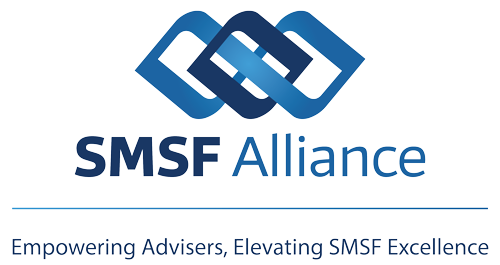Our last week’s summary of the changes to super legislation avoided discussing the pension choices that apply in this financial year. We will consider them now.
SMSF trustees can now choose from 2 alternative methods of calculating how much pension fund income is exempt from tax. For some the choice is easy. If a fund contains nothing but pension members for the whole year, then 100% of the income is tax exempt. Where there are both pension and accumulation accounts in the SMSF the matter is a little more complex.
Our sector revels in obscure terminology and acronyms so let’s deal with a few now.
Exempt current pension income (ECPI) = fund income which is exempt from tax because it is supporting pensions.
Segregated current pension assets = fund assets that are supporting pensions only.
Segregated method = one method of calculating ECPI whereby all income for a period when an SMSF is fully in pension is excluded from the tax calculation. Only the income applicable to other periods is assessed for tax. There may be a need for an actuarial certificate to calculate the % of ECPI for any such period where both a pension account and accumulation account exist otherwise there is no need for an actuarial certificate unless the fund contains defined benefit pensions. This is the default method.
Proportionate method = an alternative method of calculating ECPI whereby an actuary determines the percentage for all the income of the fund and applies a time weighting to the proportion of pensions versus accumulation balances.
Disregarded small fund assets = used in the context of an SMSF “having” disregarded small fund assets. If a fund has these then it does not have the choice and must use the segregated method. A fund has disregarded small fund assets if ANY member has a total super balance of $1.6m at 30 June 2021 AND a superannuation pension of ANY size in this OR any other fund. Importantly this test needs to be applied each year.
Given that a fund with disregarded small fund assets does not have a choice, this should be your first consideration. If your fund does not fall into this category, then the choice is available. So which is best? That depends!
Let’s consider Bob. He is the only member of Bob’s SMSF which does not have disregarded small fund assets – that means he has a choice. He makes no contributions and is in accumulation for the first ½ of the year and pension for the second.
Example 1 – If his fund realises a large capital gain in October, he would be best using the proportionate method as roughly half of that gain would then be tax exempt. Under the segregated method it would all be taxable.
Example 2 – If his fund realises a large capital gain in March he would be best using the segregated method as the gain would all be tax exempt. Using the proportionate method would render half of the gain taxable.
Interestingly, the timing of net realised losses is also relevant – but in reverse.
Example 3 – If his SMSF realises a significant net loss in October the residual can be carried forward to use in future years if he uses the segregated method. It can also be carried forward if he uses the proportionate method but it will be reduced by any capital gains that occurred in the second half of the year.
Example 4 – If his SMSF realises a significant net loss in March he may be better to use the proportionate method otherwise the net loss will be disregarded and not carried forward at all.
Example 5 – If Bob’s SMSF has much the same income experience in both halves of the year both methods will produce much the same result so he’s better off with the default segregated method as no actuarial certificate would be required.
Example 6 – If Bob’s situation changes a little so that he now has a period when his fund is in accumulation and pension simultaneously, then an actuarial percentage will be applied to the income to determine the level of tax-exempt income for that period. Whether Bob chooses to apply the proportionate or segregated method to the fund will depend on the timing and significance of all of the SMSF’s income but the same considerations that Bob had in the previous examples will still apply.
Clearly there is a planning opportunity here but who is going to do the maths? Currently, there is no comparative tool embedded into any SMSF administration software that can perform a retrospective analysis when the fund accounts are being prepared. Ideally, trustees should proactively plan transactions with significant CGT ramifications to coincide with pension activity that is conducive to the most favourable result.
So, which pension income method is best? It depends!


